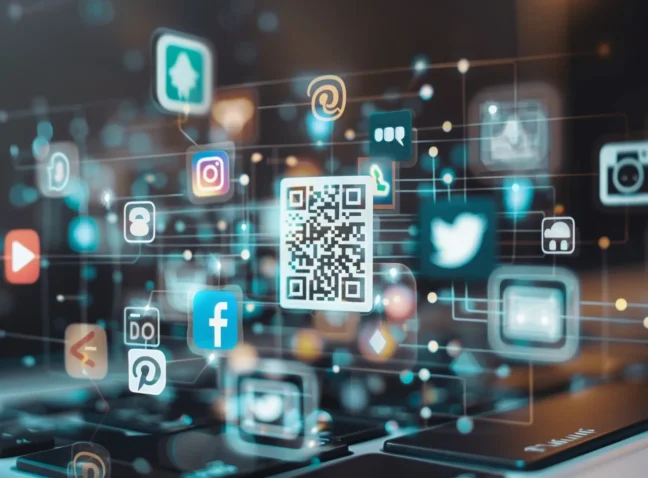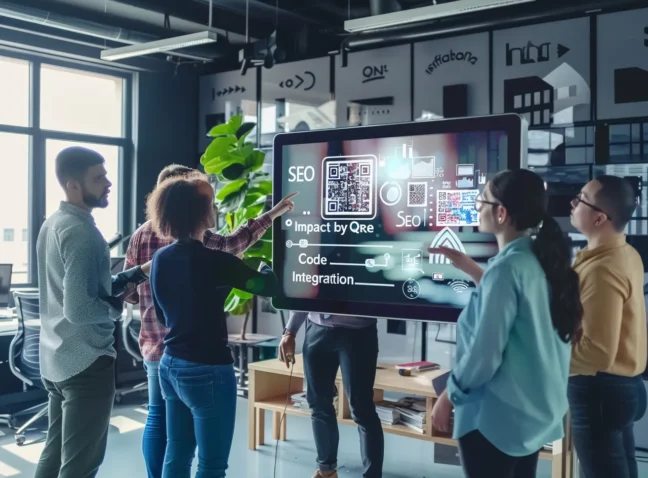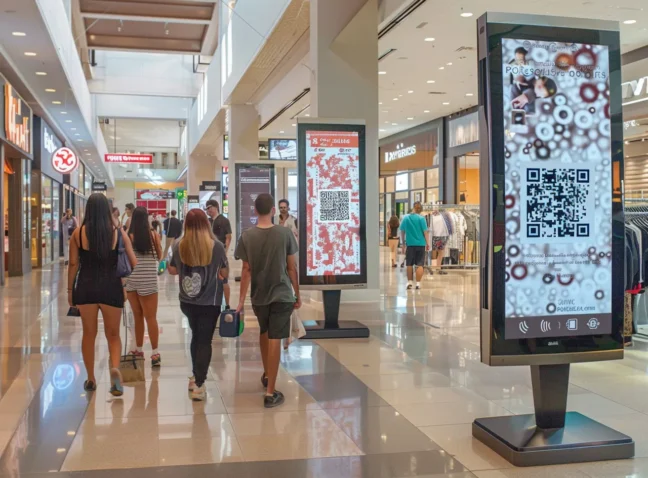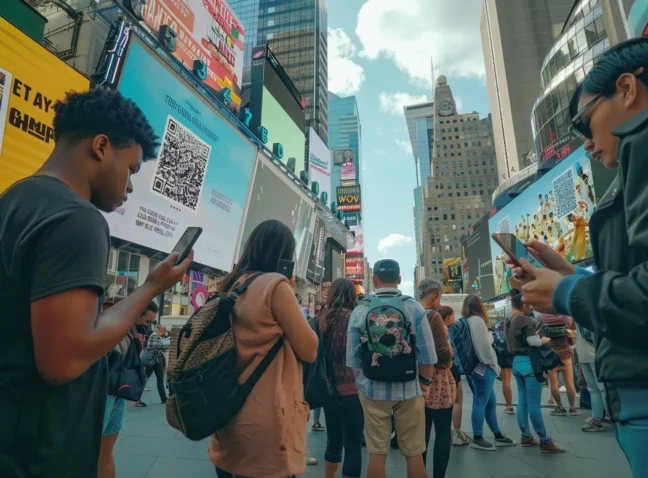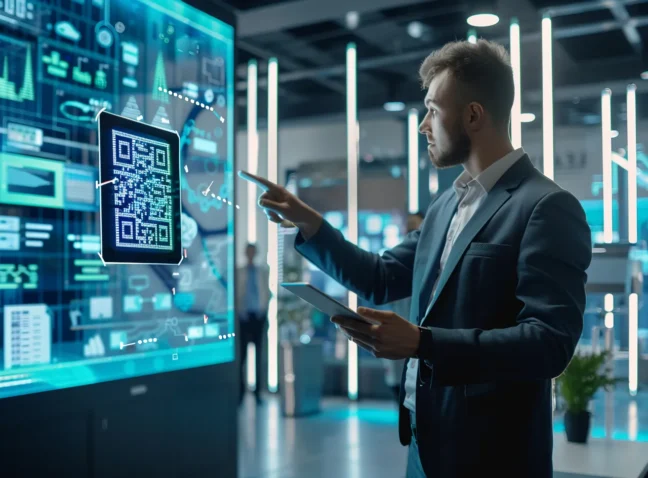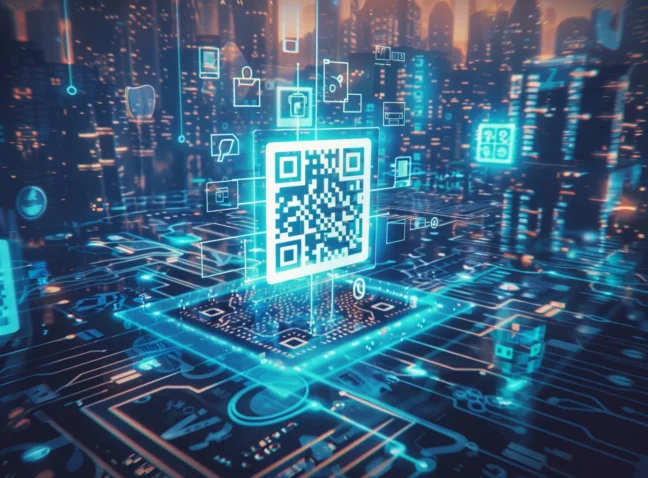When paired with product packaging, QR codes can be a powerful addition that can help engage your customers. They can be used to provide useful information, like product tutorials and care instructions, which can help increase trust in your brand and your products.
And generating your own QR code for your product packaging is incredibly easy. You can generate a QR code in minutes using My QR Code, and design it to fit your own branded requirements. Give it a try today!
